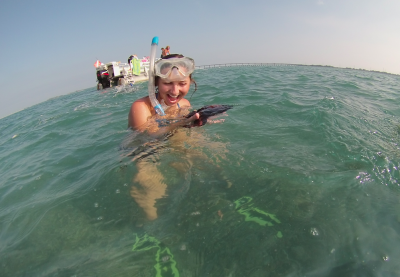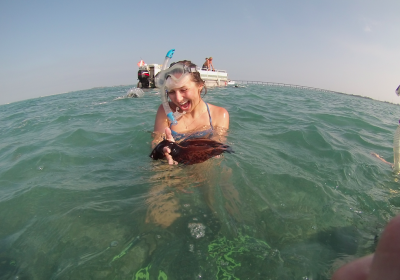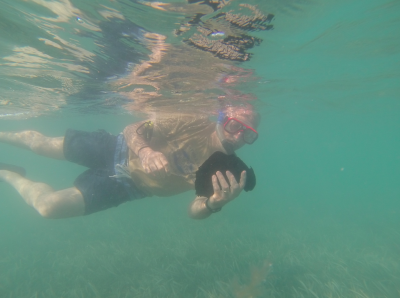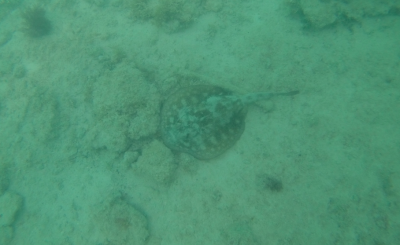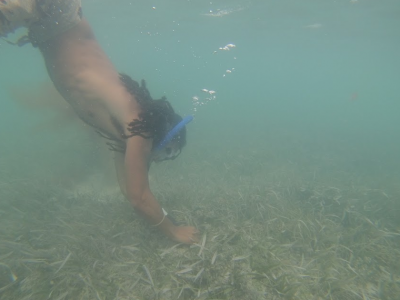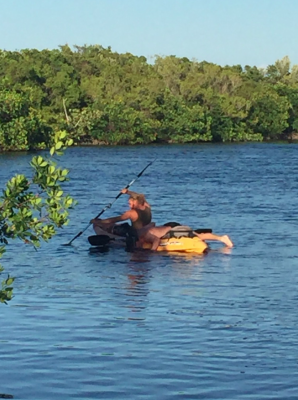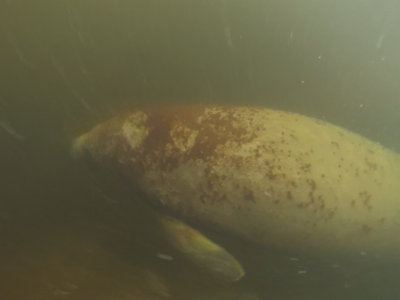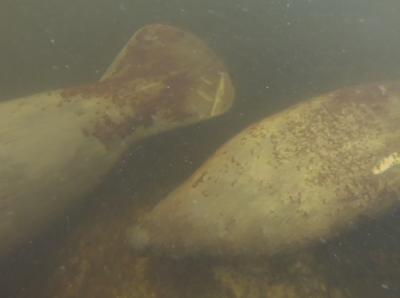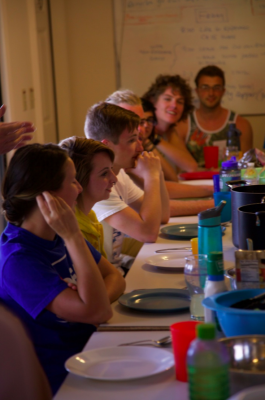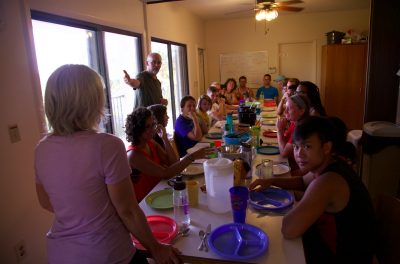May 5th
Today started with a morning lecture on coral reef ecology. In preparation for class, we were assigned to read an article concerning the causes and effects of coral bleaching, an occurrence in coral that can lead to death. The article discussed El Niño –a recurring climate pattern across the tropical pacific– that causes water to become warmer in uncommon areas. For example; water in Peru is naturally cold, but El Niño can cause the water to warm up. Coral bleaching is largely caused by increased ocean temperatures and acidification.
So why does this matter? As the water becomes warmer, coral is more susceptible to dying off, leading to a decrease in fish production and habitat. In areas where fishing is a main source of income, these effects can also have great impacts on human communities. At the end of the lecture Deeksha Pagar and Seth Kurtz lead us in an activity as a follow up to the day’s reading. We all received a white piece of paper representing bleached coral. On this piece of paper, we wrote something new that we learned, an acknowledgment of how we contribute to coral bleaching, and how we could work to reduce the prevalence of coral bleaching. Some ways that we trigger coral bleaching are by burning fossil fuels, which can increase global temperatures and ocean acidification via carbon dioxide emissions.
Clayton Lehman reflected on the nature of field research. He explained that his group’s research was not going as planned and asked if any other group was experiencing problems. With many smiles and giggles from the class, we admitted that his group was not alone. We have all readjusted some parts of our research upon visiting the field and collecting data.
On our morning research visit, my group and two other groups set out for Lime Tree Bay, a research site within walking distance of our facility. Once we arrived, we noticed significant waves and a high tide. We decided to proceed with our research, but as we entered the water, we discovered that the water was very cloudy. This was a big problem for us, as we are searching for hermit crabs! Given the conditions, we were forced to return home and work on data analysis instead.
Later in the afternoon, Alex Neufeld, a Goshen native, came and presented on his work with the Coral Restoration Foundation (CRF). CRF is a non-profit organization that propagates corals in open-ocean nurseries to transplant out on the reefs. To learn more about the Foundation, you can visit their website: coralrestoration.org.
-Yari Coronado ’18





